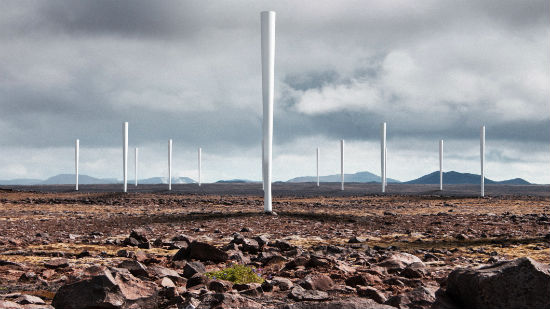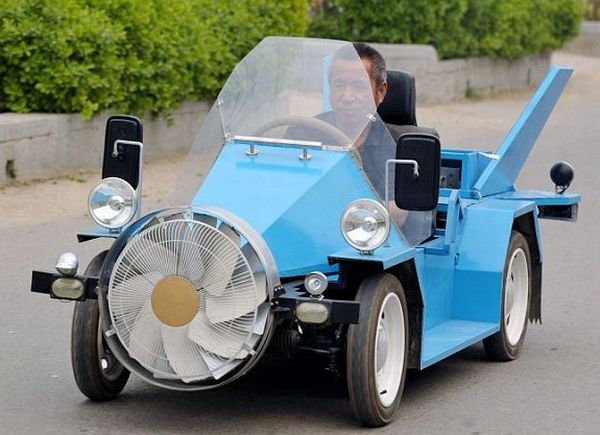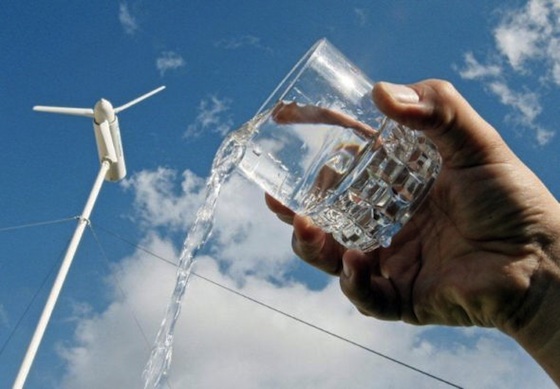
 A new kind of wind turbine made by Makani Airbone is tested now to give electricity.
A new kind of wind turbine made by Makani Airbone is tested now to give electricity.
Makani Airbone Wind Turbine consists of several wind turbines attached to a wing tethered to the ground. In its flight the blades of this wind turbine is following a circle perpendicular to the wind direction. Thanks to crosswind aerodynamics the apparent wind speed hitting the rotors can be much as 10 times the actual speed.
The use of this windmill could be more efficient than a regular wind turbine and could offer many advantages as: made from lighter materials that could be maintained at ground and it should produce lower cost energy.
High-altitude wind harvesting still faces skeptics. “It’s a really interesting idea with potentially significant benefits, but we’re early in the process of sorting out whether it’ll work,” says Fort Felker, director of the National Wind Technology Center at the National Renewable Energy Laboratory, in Golden, Colorado. However, he says, reliability, safety, and economics are all concerns. Aerial vehicles designed to harvest wind energy need to be flying most of the time—and there’s always the risk they could “land on a school bus,” says Felker.
Makani is working on addressing the safety questions. To land a craft, battery power is sent to the rotors, letting it transition to a hovering position before being winched back to Earth. Sensors that track factors like vehicle orientation and position, and wind speed and direction, should permit the vehicle to land autonomously, even if it escapes from its tether. Alternatively, a wind farm operator could land a whole field of flying turbines at the touch of a button.
Since the airborne turbines can fly over a wide variety of topography, they’re most likely to be deployed first in windy areas where conventional turbines are hard to install—for instance, they might fly over the ocean. Offshore wind turbines require heavy, expensive foundations and can’t be too far from shore. Makani’s flying wind turbine could be tethered to buoys anchored by cables to the seabed. They could be placed many miles from the coast, says Hardham, where they would be “out of sight, out of mind.”
Hardham says Makani is in negotiation with potential partners about installations offshore of the U.K., and he hopes his initial customers will be large wind-farm developers such as BP and Shell, “who can afford to take a more exploratory approach.”



